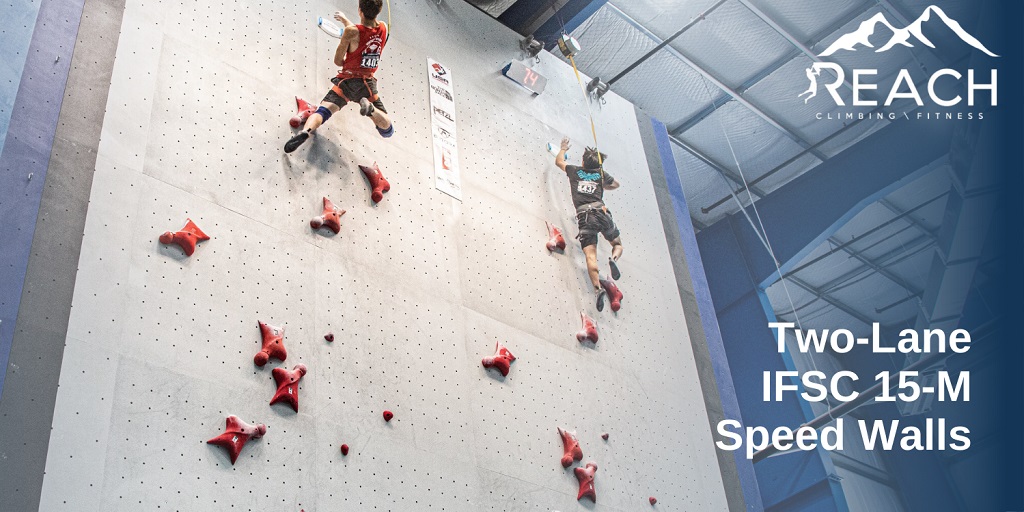
Are you a person who is passionate about indoor rock climbing and wants to advance your abilities? Do you have aspirations of scaling new heights while competing with some of the top climbers in the world?
Indoor rock climbing competitions have been growing in popularity year after year, and the level of competition is only getting higher. But with the right training and preparation, you can give yourself the best chance to succeed.
In this article, we will provide you with a comprehensive guide on how to train for indoor rock climbing competitions. Whether you’re a seasoned competitor or just starting out, this guide will help you to improve your strength, endurance, and technique to take your climbing to the next level.
Understanding the competition format
Understanding the competition format is a crucial aspect of any sport, and indoor rock climbing is no exception. The format of indoor rock climbing competitions varies and each format requires specific skills and training methods.
Here are some examples of how understanding the competition format can help you tailor your training to match the specific requirements of the competition:
1. Speed Climbing
Speed climbing involves racing up a fixed route as quickly as possible. It requires explosive power and quick reflexes. To train for speed climbing, you can focus on explosive exercises such as box jumps, plyometric exercises, and powerlifting.
2. Bouldering
Bouldering is a form of rock climbing that is done on shorter walls without the use of ropes or harnesses. Bouldering requires strong finger strength, technique, and problem-solving skills.
To train for bouldering, you can focus on exercises that build finger strength, such as hangboard training and grip-strength exercises, and practicing different techniques to solve various problems.
3. Lead Climbing
Lead climbing involves climbing a longer route while clipping the rope into pre-placed bolts. It requires endurance, mental toughness, and technique. To train for lead climbing, you can focus on endurance exercises such as running or cycling, mental training, and practicing different techniques such as body positioning and efficient movement.
By understanding the competition format, you can also prepare yourself mentally and emotionally. Knowing what to expect in a competition can help you prepare mentally and develop a strategy to overcome any challenges you may face.
Building strength and endurance
Indoor rock climbing competitions require a high level of physical fitness. To build strength and endurance, climbers need to focus on both cardiovascular and strength training.
Cardiovascular training can be done through activities such as running, cycling, or rowing. Strength training should focus on building core, upper body, and finger strength. This can be achieved through exercises such as pull-ups, push-ups, and fingerboarding.
Improving technique
Indoor rock climbing requires climbers to have excellent technique. To improve your technique, you should focus on practicing specific moves and mastering different types of holds. You can also practice footwork drills and practice climbing on different types of terrain. It’s also important to watch other climbers and learn from their technique.
Mental preparation
Mental preparation is just as important as physical training when it comes to indoor rock climbing. Athletes need to be able to handle the pressure and stay focused during the competition. To prepare mentally, you can practice visualization techniques and focus on positive self-talk. You can also practice relaxation techniques such as deep breathing and meditation.
Nutrition and recovery
Proper nutrition and recovery are crucial for optimal performance in indoor rock climbing. Athletes should focus on consuming a well-balanced diet with plenty of protein, carbohydrates, and healthy fats. They should also prioritize recovery by getting enough rest, stretching, and foam rolling. Proper hydration is also essential for performance and recovery.
Train with the Best Programs & Equipment
Indoor rock climbing requires a combination of physical and mental preparation. By understanding the competition format, building strength and endurance, improving technique, and focusing on mental preparation, athletes can improve their chances of success. Proper nutrition and recovery are also crucial for optimal performance.
Reach Climbing & Fitness offers training programs and resources for athletes of all levels. Whether you’re a beginner or an experienced competitor, they have an excellent team that can help you reach your goals in indoor rock climbing.


